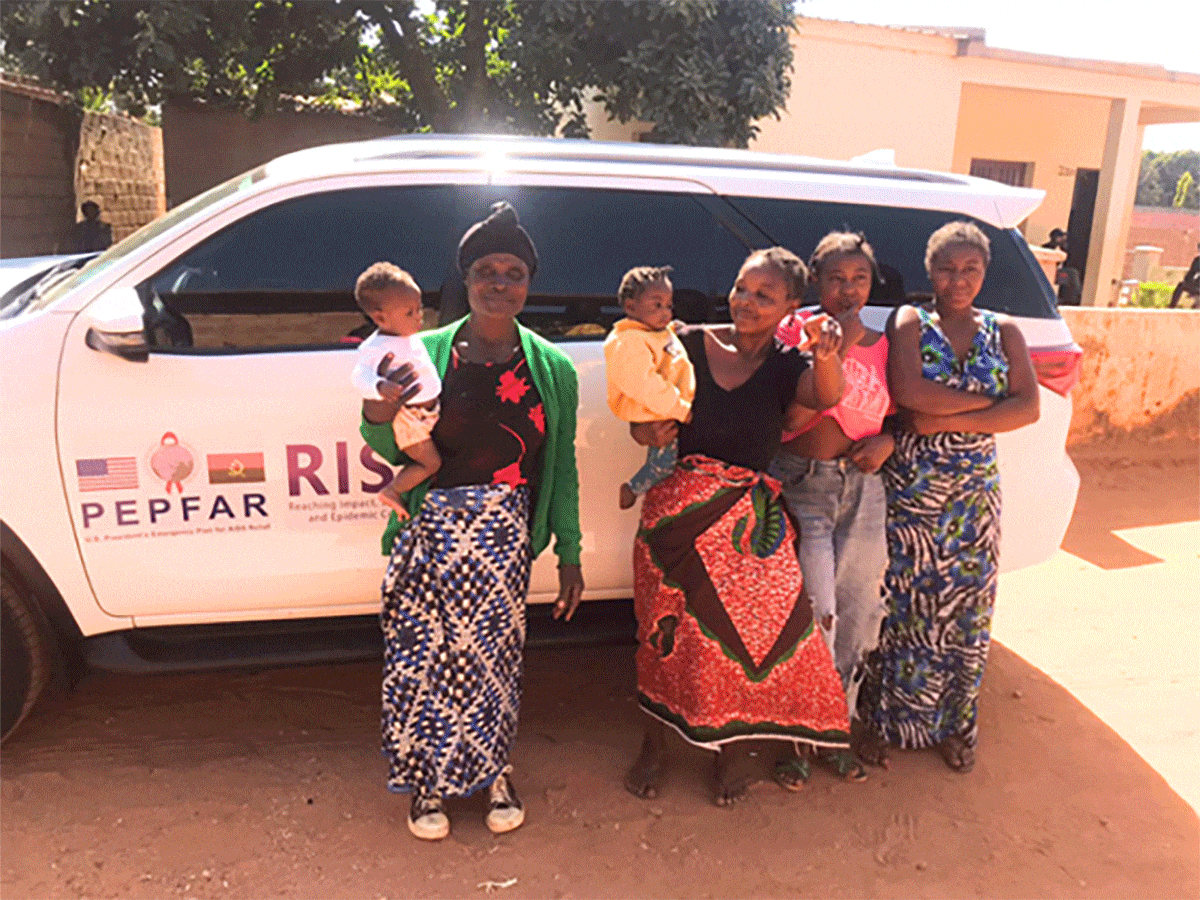The first findings from a nationally representative HIV survey were presented at the 19th Conference on Retroviruses and Opportunistic Infections (CROI 2012) in Seattle, WA. The Swaziland HIV Incidence Measurement Survey (SHIMS) found that overall HIV prevalence, or percentage of the population living with HIV infection, is 31% among adults ages 18-49. This figure matches the 2006 Demographic Health Survey findings for the same age group, indicating that the HIV epidemic in Swaziland has stabilized over the past five years.
“The country continues to have the highest national HIV prevalence rate in the world, making this the most serious health issue in Swaziland. The Ministry of Health is using the findings from the SHIMS to tailor and improve HIV prevention, care, and treatment programs in Swaziland,” said Rejoice Nkambule, deputy director of health services – public health at the Ministry of Health.
SHIMS is led by the Swaziland Ministry of Health and supported by the U.S. Centers for Disease Control and Prevention (CDC) and ICAP at Columbia University’s Mailman School of Public Health through the U.S. Presidents Plan for AIDS Relief (PEPFAR). This research is a multi-phase study designed to evaluate the effectiveness of HIV prevention services in the country. The first phase of the SHIMS survey, now complete, included approximately 13,000 households in Swaziland, representing a cross-section of the national population and consisting of 18,105 men and women, ages 18-49.
Findings from this first phase indicate that the national prevalence of HIV is 31% among adults ages 18-49. Current prevalence peaks at 54% for women ages 30-34 and at 48% for men ages 35-39, which is higher than past estimates. The increase in prevalence among this group of adults in their thirties may be due to an increased number of people living longer with HIV as a result of expanded access to life-saving antiretroviral therapy (ART). At the same time, HIV prevalence has declined among women less than 30 years old and men less than 35 years old. Trends from the Swaziland Antenatal HIV Sentinel Surveillance Surveys also indicate declines in HIV prevalence among young women. This shift might mean that the rate of new HIV infections among young adults has declined.
The majority of women (68%) who tested HIV-positive during the SHIMS survey were already aware of their status. However, half (48%) of the men who tested HIV-positive in SHIMS were not aware of their status. As such, improving strategies to engage more men in HIV testing and encourage their use of healthcare services is necessary.
Furthermore, half (50%) of all HIV-positive adults who were aware of their HIV infection prior to SHIMS reported current use of ART. It is important to note that these results do not reflect the proportion who are eligible for ART by CD4 count (an indicator of the stage of HIV infection). Rapid scale-up and decentralization of HIV services since 2005 have resulted in an increased number of people on ART in Swaziland. Since ART treatment is now understood to prevent the spread of new infections, the scale-up of ART may also have contributed to lower prevalence rates among younger adults.
“This study may give us the opportunity to look at a ‘before-and-after’ picture of HIV infection rates in Swaziland. It is remarkable that in just one year, thousands of individuals have received HIV testing, learned of their HIV status, and were referred for care, treatment, and prevention services through SHIMS,” said Ms. Nkambule.
Along with Ms. Nkambule, the principal investigators on SHIMS include Dr. George Bicego, CDC country director in Swaziland; Dr. Jessica Justman, ICAP senior technical director; and Dr. Jason Reed, CDC Atlanta, medical epidemiologist in the Center for Global Health, Division of Global HIV/AIDS. Additional support for SHIMS has been provided by Swaziland’s National Reference Laboratory and Central Statistical Office, Statistical Center for HIV/AIDS Research & Prevention (SCHARP) at the Fred Hutchinson Cancer Center in the United States, and Maromi Health Research and EpiCentre in South Africa.








